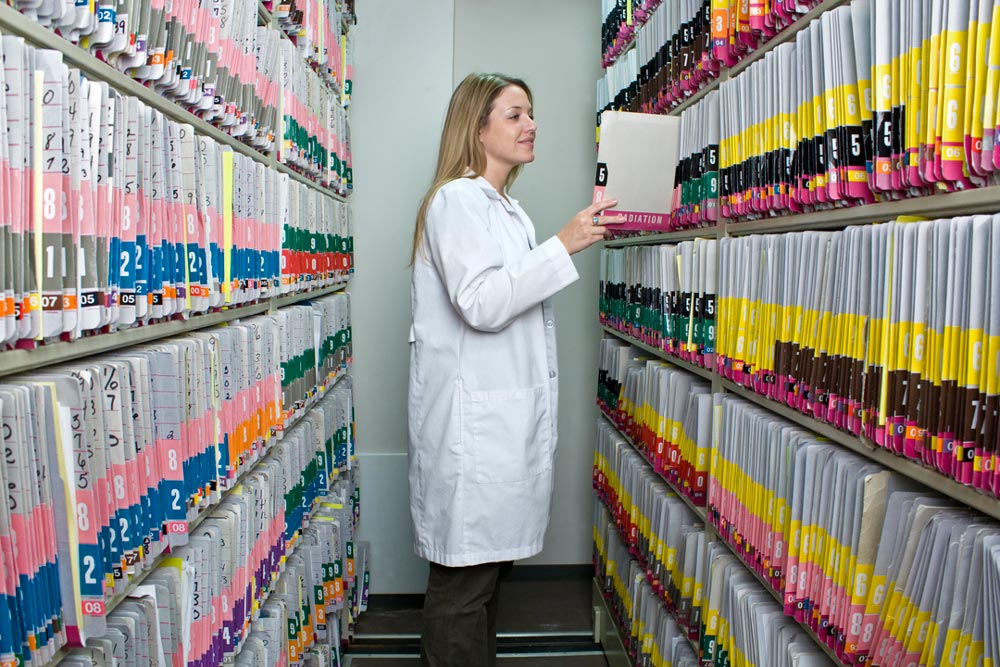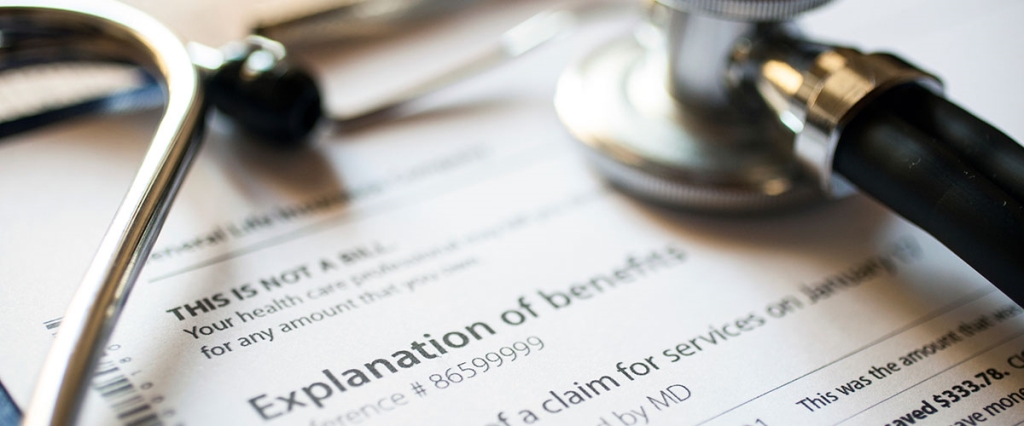**Title: Understanding Medical Billing: A Comprehensive Guide**
**Introduction:**
Medical billing is a crucial aspect of the healthcare industry that ensures healthcare providers receive payment for the services they offer to patients. Understanding medical billing is essential for healthcare professionals, patients, and insurance companies alike. In this comprehensive guide, we will explore the ins and outs of medical billing, including the process, common codes, benefits, practical tips, and more.
**What is Medical Billing?**
Medical billing is the process of submitting and following up on claims with health insurance companies in order to receive payment for healthcare services provided. It involves translating healthcare services into billing codes, submitting claims to insurance companies, and ensuring timely payment. Medical billing professionals play a key role in this process, ensuring accuracy and compliance with regulations.
**The Medical Billing Process:**
1. **Patient Registration:** The process begins with patient registration, where demographic and insurance information is collected.
2. **Coding:** Healthcare services are translated into standardized codes using systems such as CPT (Current Procedural Terminology) and ICD (International Classification of Diseases).
3. **Billing:** Claims are submitted to insurance companies electronically or by mail, including information on the services provided and the associated codes.
4. **Adjudication:** Insurance companies review the claims for accuracy and determine the amount they will pay based on the patient’s coverage.
5. **Payment:** Once the claim is approved, payment is sent to the healthcare provider, either directly or through the patient.
**Common Medical Billing Codes:**
– **CPT Codes:** These codes identify specific procedures or services performed by healthcare providers.
– **ICD Codes:** These codes denote the diagnosis or reason for the healthcare visit.
– **HCPCS Codes:** These codes are used for supplies, equipment, and services not covered by CPT codes.
**Benefits of Efficient Medical Billing:**
1. **Streamlined Revenue Cycle:** Efficient medical billing processes lead to faster payments and improved cash flow for healthcare providers.
2. **Reduced Errors:** Accurate billing reduces claim denials and rejections, leading to fewer billing disputes.
3. **Compliance:** Proper medical billing practices ensure compliance with regulations and reduce the risk of fraud.
**Practical Tips for Medical Billing Success:**
1. **Stay Updated:** Regularly review and update coding and billing practices to stay compliant with industry changes.
2. **Training:** Provide ongoing training for staff to ensure they are familiar with coding guidelines and best practices.
3. **Document Thoroughly:** Accurate documentation of services provided is crucial for successful billing and reimbursement.
**Case Study:**
**Medical Practice X** implemented new medical billing software that streamlined their billing processes and reduced claim denials. As a result, they saw a significant increase in revenue and improved patient satisfaction due to faster billing cycles.
**Conclusion:**
Understanding medical billing is essential for healthcare providers to ensure timely reimbursement for services rendered. By following proper coding guidelines, staying updated on industry changes, and implementing efficient billing practices, healthcare organizations can streamline their revenue cycle and improve overall financial health. Stay informed, stay compliant, and reap the benefits of effective medical billing practices.



